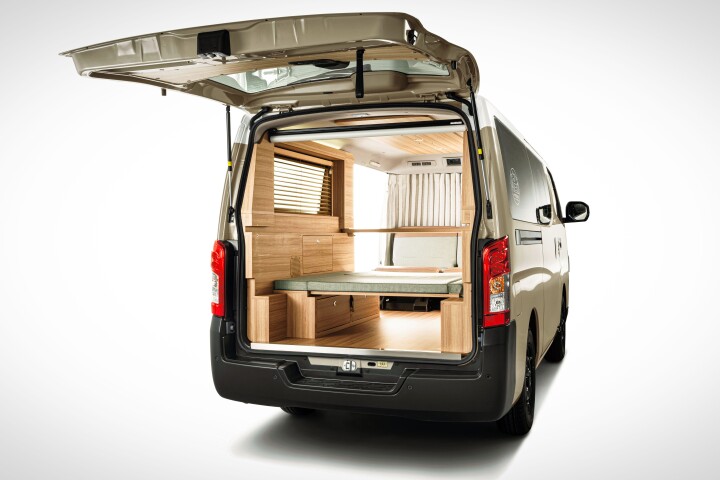With the aim of producing low-cost, portable, disposable batteries for use in remote areas, researchers at Binghamton University in New York have been developing paper-based, bacteria-powered fuel cells for over a year now. After a matchbook-styled original prototype turned into a more powerful ninja star shape, the team has refined the design further, with a device mounted on a single piece of paper that can be folded and stacked in different configurations to generate varying amounts of power.
In the latest iteration of the device, instead of the spray-on liquid nickel cathode of the original design, the team made the cathode with a strip of silver nitrate underneath a thin layer of wax. Bacteria-laden water, contained inside a reservoir made of a conductive polymer, formed the anode, and the two components were placed on opposite halves of a single piece of chromatography paper. Once folded so they come in contact with each other, the process of cellular respiration by the microbes generates electricity.
"Among many flexible and integrative paper-based batteries with a large upside, paper-based microbial fuel cell technology is arguably the most underdeveloped," says Seokheun "Sean" Choi, lead researcher on the study. "We are excited about this because microorganisms can harvest electrical power from any type of biodegradable source, like wastewater, that is readily available. I believe this type of paper biobattery can be a future power source for papertronics."
Folded into different configurations, these paperback biobatteries can generate varying amounts of power and currents. Six batteries arranged in a 2 x 3 pattern were able to produce 31.51 microwatts at 125.53 microamps, while a 6 x 6 setup produced 44.85 microwatts at 105.89 microamps. With those figures, we won't be topping up our smartphones with these batteries any time soon, but that's more than enough juice to run low-power biosensors, like those that detect disease or monitor the blood sugar levels of diabetic patients.

And the low cost, portability, ease of use and disposability of the batteries make them an attractive and practical option for powering these potentially life-saving devices in remote areas, on the battlefield or in emergency situations.
"Papertronics have recently emerged as a simple and low-cost way to power disposable point-of-care diagnostic sensors," says Choi. "Stand-alone and self-sustained, paper-based, point-of-care devices are essential to providing effective and life-saving treatments in resource-limited settings."
The research was published in the journal Advanced Materials Technologies, and the team will present their findings at the IEEE MEMS conference in January.
Source: Binghamton University





